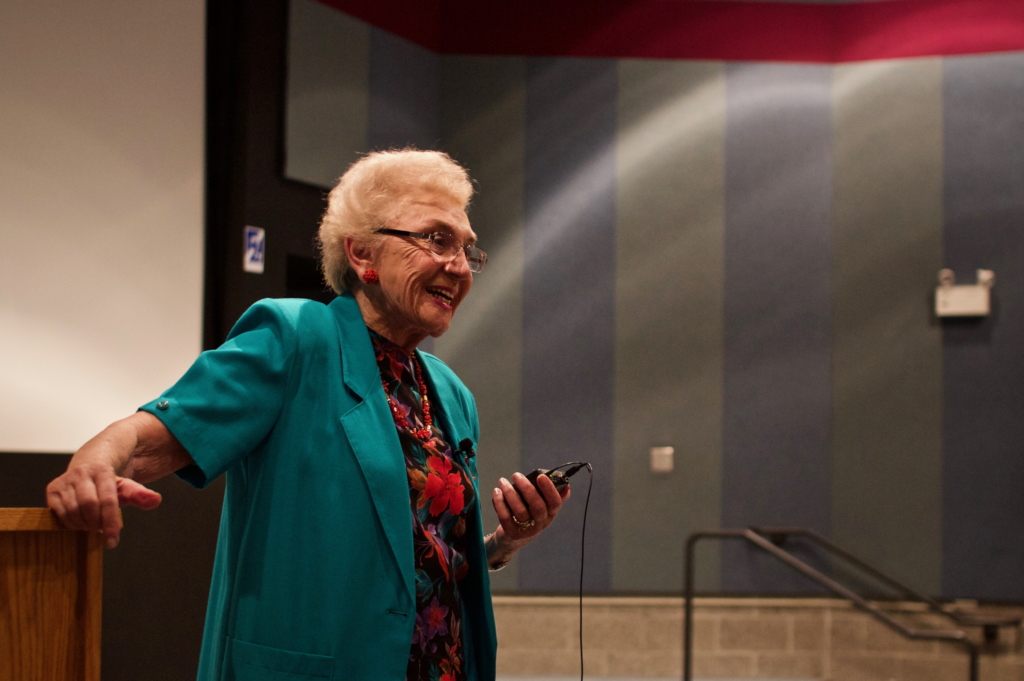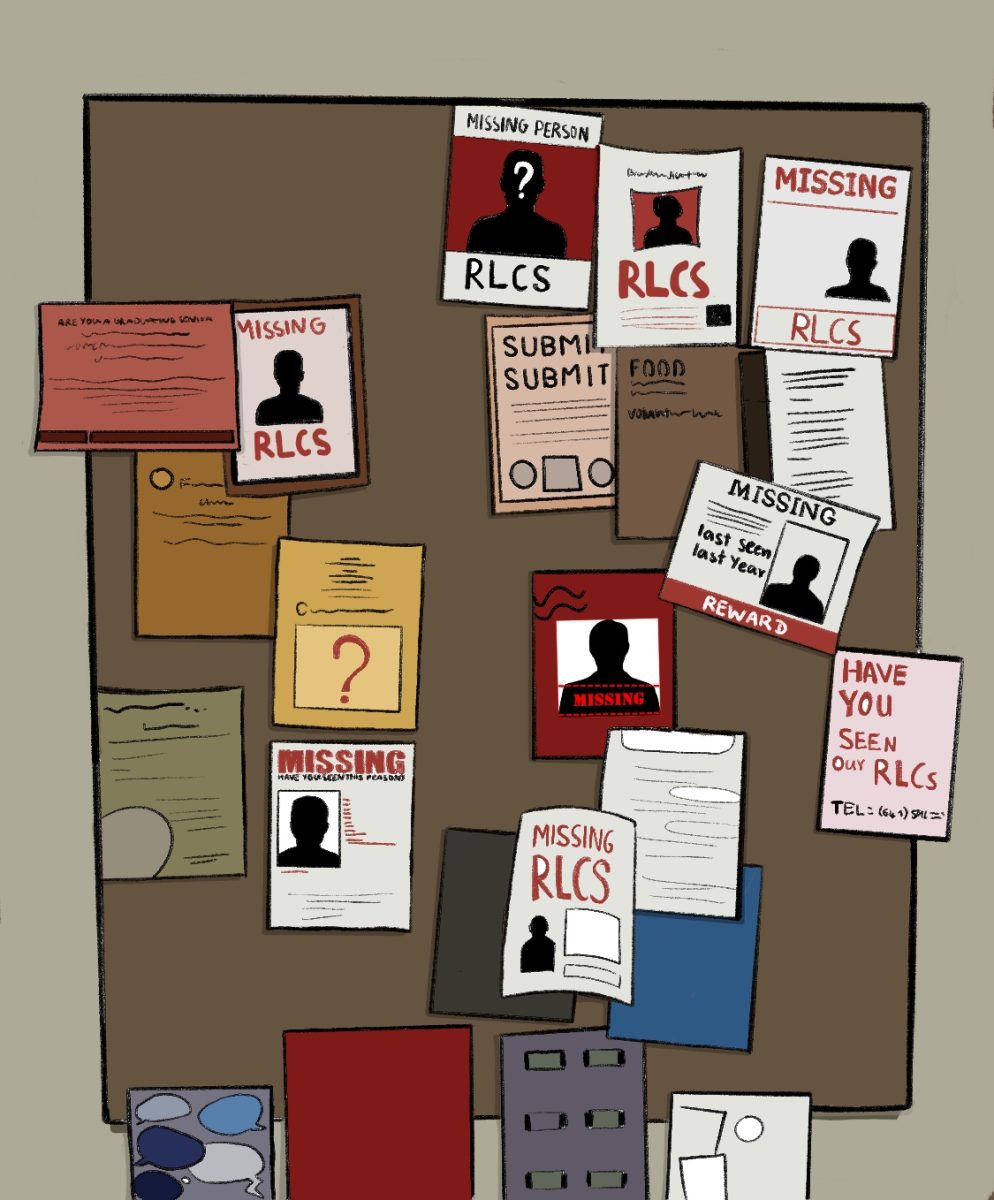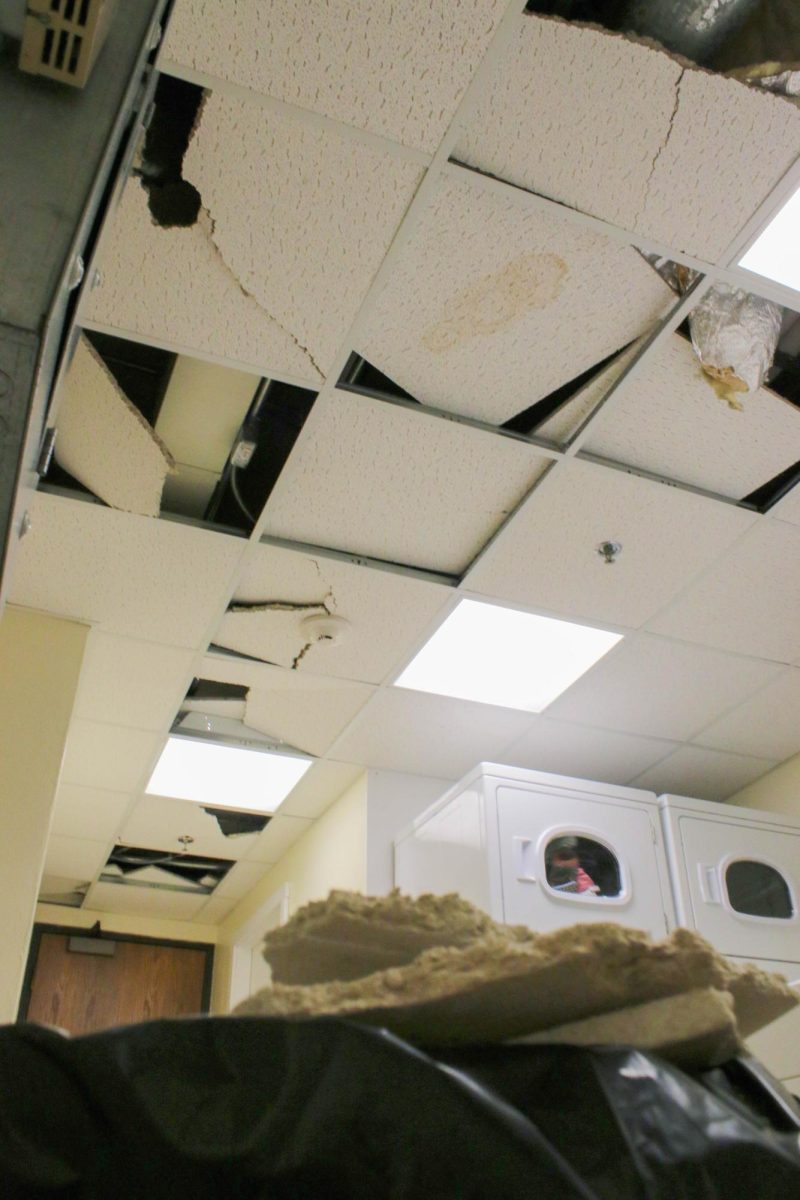Celina Biniaz ’52 began her talk with a tribute — to those who were there but who, unlike herself, did not survive the Holocaust. She was introduced by Professor Emeritus Harold Kasimow, religious studies, who is also a Holocaust survivor from Poland.
“I am a Holocaust survivor, and every survival is unique. What makes mine unique is the fact that I was on Schindler’s List, and that’s how I survived,” Biniaz said. “Many, many people did not survive, and I need to pay tribute to them. Eleven million people were gassed, or killed, or annihilated by the Nazis. Six million of them were Jews, [and others] were clergy, political prisoners, Jehova’s witnesses, the Roma … anyone who did not fit the Aryan type ended up in a concentration camp. I was lucky because I had been given a second chance on my life, and the second chance came on May 9, 1945, when I was liberated from Schindler Factory in Czechoslovakia.”
After her tribute, Biniaz talked about the end of World War II, when those on Schindler’s list collected gold from their teeth to make into a ring as a thank you — on the ring, they carved “He who saves on saves the world entire,” in Hebrew. To help them get their lives restarted, Schindler gave each family two bolts of cloth and five pairs of scissors.

Biniaz is a retired teacher, a Grinnell College alum and the youngest of the 1,100 Polish Jews who were saved by Oskar Schindler, a name many might recall from the popular book and movie “Schindler’s List.” Nearby the Auschwitz concentration camp, Biniaz’s parents did accounting work for a sewing factory that was moved from Krakow, Poland to Brünnlitz, Czechoslovakia by Schindler. The move saved their lives. On Tuesday, Sept. 12 at 4:15 p.m., Biniaz came back to Grinnell after a long time away to share her experiences having been given a “Second Chance,” the title of the event.
However, the Holocaust itself and the actions of Schindler were not the main focus of the event. Biniaz shared about her life after the war, and how her strength and resilience led her to live her life to the fullest, after her childhood was largely spent in the concentration camp.
After the Yalta Conference in which European territory was split up into zones of control by the U.S., the United Kingdom and the Soviet Union, Biniaz and her fellow survivors waited for liberation by Russian armies. They then got Czech protection to travel back to Krakow.
“We were known as ‘katzetniks,’ because the German word for a concentration camp was ‘katzet.’ … The way we looked, scarecrows in striped pajamas, … anyone looking at us knew,” she said. “Of course, I was the youngest female on Schindler’s List. I was 13 years old and I weighed only 35 kilos which is a little over 70 pounds so … nobody could mistake me for anything else other than a concentration camp survivor.”
Biniaz discussed her family’s top priorities on return to Krakow, which were informing family members of their survival and getting Biniaz educated.
“When the Germans invaded Poland on Sept. 1, 1939, I was eight years old, I had just finished my second grade. I could read but I couldn’t do anything else so the priority was … to fill in the gaps in my education. I had not held a pencil in my hand in all those years, five and a half years,” Biniaz said. “I know some of you are thinking about a test, and ‘I wish I didn’t have to write that paper’ — that’s normal — but for me, having been denied any access to education, I would have given anything to be able to be in school doing the normal things.”
When she finally began school again, however, there was another pogrom in Poland and her family decided to leave, escaping the rise in anti-Semitism. The borders were closed, so they snuck from Poland to Slovakia to Czechoslovakia to the American zone in Germany.
“During the night, over the border, hoping nobody would find us, we crossed into the American zone of Germany. At first we went to a displaced persons camp in Landsberg, near Munich, but my mother decided she had had enough camps, and so we opted on leaving the camp and going into a small German town,” Biniaz said.
In Germany, Biniaz declared, she went “back to being stupid” since she wasn’t in school yet again. She acquired a tutor named Mater Leontine, a semi-cloistered nun, and she learned from her for two years, until Biniaz’s family decided to move to Des Moines where a member of their family lived.
“[Leontine] didn’t know anything of Hitler’s propaganda or Hitler’s ideas as such. … She totally accepted me for what I was — a 14-year-old girl, traumatized by all kinds of camps and ghettos, and that I needed help. She was the first person who treated me as a human being. She gave me value, and by working with her and her gentle manner and everything, she taught me, first of all, that not all Germans are ogres, and second, she taught me that hatred is corrosive, it is corrosive to you because the person that you’re hating, they don’t know it. It’s you that experiences the hate,” Biniaz said. “She taught me you have to work through your anger and your bitterness in order to move forward.”
What she first noticed about the U.S. was its vastness. After testing into the 12th grade at North High School in Des Moines, Biniaz received a full academic scholarship to Grinnell College. She loved Grinnell, and beamed about its beauty, back before buildings like the Noyce Science Center and the John Crystal Center stood on campus.
“I stepped out of the car, and I thought I had ended up in paradise. … I saw all these students, in such an academic atmosphere, that I felt truly enriched. You are so lucky to be here, really,” Biniaz said, eyeing the students in the audience. “Supposedly I was a pre-med student when I came in, but after dissecting the first pig and worm, I decided that was not for me. And I ended up majoring in philosophy. I was truly trying to find what it was in reasoning and in the world that created the kind of circumstances that I experienced. I’m still looking for it.”
After Grinnell, she moved to Long Island, NY where she pursued a master’s degree in teaching from Columbia University and was eventually married with two kids. Throughout her life in Des Moines, Grinnell and New York, she never talked about the Holocaust or Schindler’s List. Her friends and family knew she was a displaced person from Europe after the war, but nothing beyond that.
When Biniaz saw a copy of Schindler’s List in a bookstore, she said, “I practically jumped out of my seat … I started reading it, and in the book — I found the book very accurate — I kept wondering, how did Mr. Keneally ever figure out this book? He was an Australian — what did he know of Mr. Schindler?
“My community did not know anything of my Holocaust experience because I never talked about it. The word Holocaust did not come into the language until about 1967.”
Biniaz explained that another person who had been on Schindler’s List, Leopold Page, was working in his leather shop when Thomas Keneally came in. Page told Keneally what had happened to him, and Keneally researched, contacted survivors and turned Page’s story, as well as Biniaz’s and numerous other people’s, into “Schindler’s List.”
When Steven Spielberg turned Keneally’s book into a movie, he also initiated the project which is now the University of Southern California’s Shoah Foundation, the Institute for Visual History and Education. According to Biniaz, the Shoah Foundation has compiled over 56,000 video testimonies by survivors of genocide, recorded in over 30 different languages.
“You can read about the Holocaust, you can go to a museum and look at the artifacts, but nothing connects like the human voice,” she said.
Being welcomed and accepted as she was in the U.S. was surprising to Biniaz, as she was very young when the war began and she was persecuted for her religion. She closed her talk on a hopeful note.
“Having been traumatized for all these years and told that you are a non-person, that you are vermin, to all of a sudden be accepted, to be welcomed, was amazing. … My mother lost everybody in her family, everybody. … And yet, she was the most resilient person you’ll ever meet. Her motto was, ‘The world does not owe you anything. Wherever you are, you do the best that you can.’ And that attitude meant a great deal. She did not dwell on things that had already happened. There was no point. They happened!”




































































